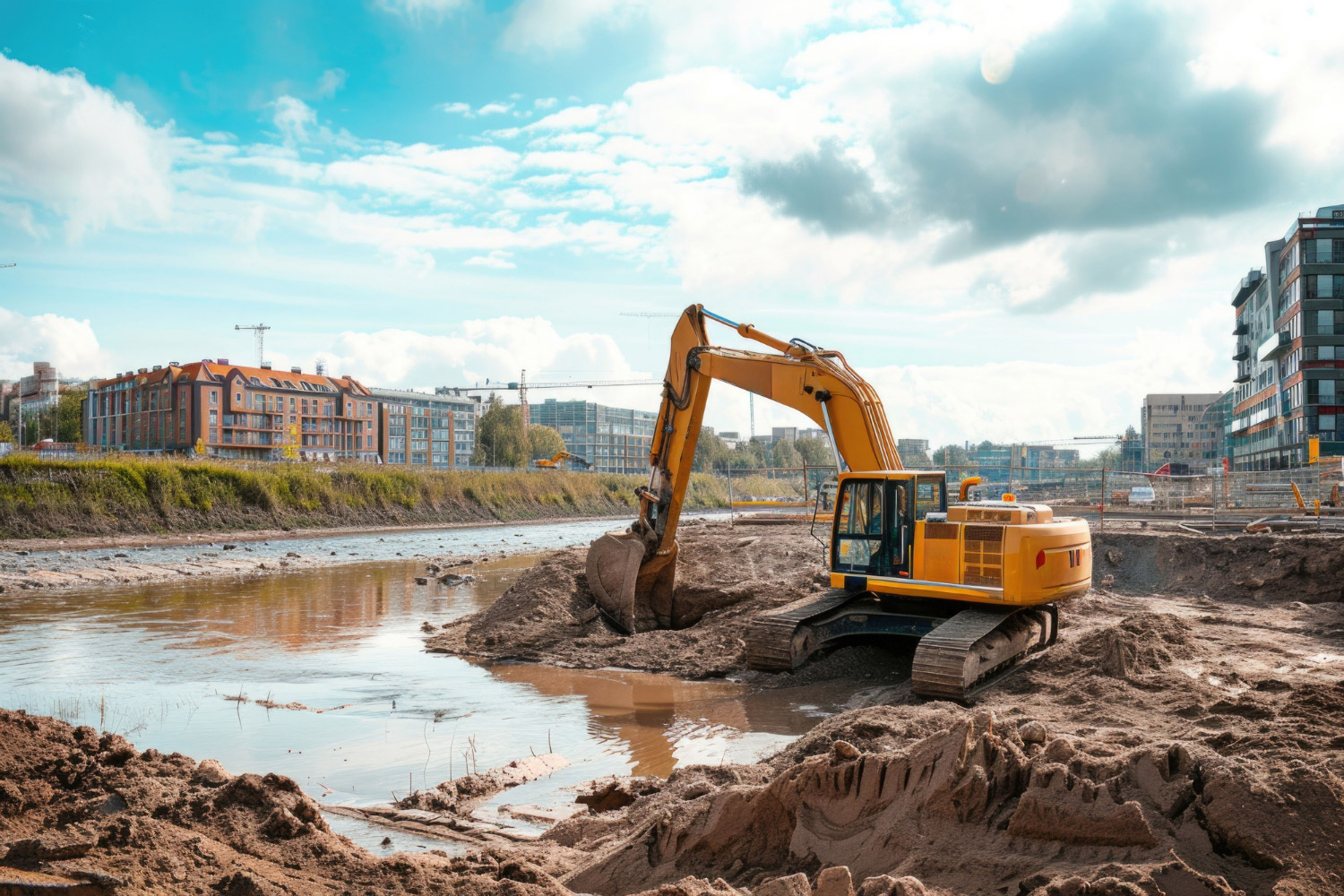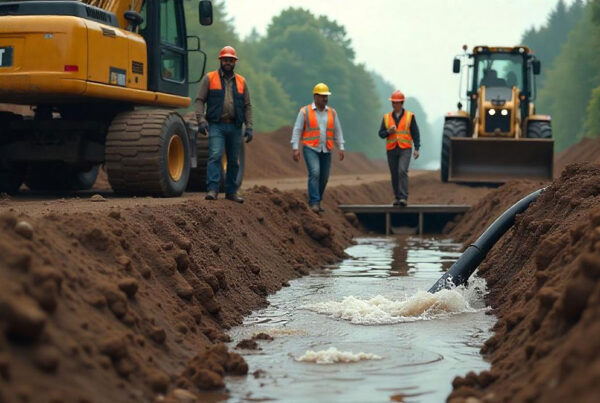Dewatering is a crucial process in excavation projects, particularly in areas with high groundwater levels or significant surface water accumulation. Proper dewatering techniques ensure that construction sites remain dry, stable, and safe, preventing water damage and soil erosion. This article explores the importance of dewatering in excavation projects and the methods used to achieve effective water management.
Preventing Water Damage
1. Stabilizing Excavation Sites:
Excessive water can destabilize excavation sites, leading to potential collapses and making the work environment unsafe for construction workers. Dewatering removes unwanted water, providing a stable foundation for further construction activities.
2. Protecting Structures:
Water can cause significant damage to both temporary and permanent structures. Moisture can weaken concrete, corrode steel reinforcements, and cause wooden structures to rot. By keeping the excavation site dry, dewatering helps protect the integrity of the structures being built.
3. Improving Soil Conditions:
Waterlogged soils can become too soft and lose their load-bearing capacity, which is essential for supporting foundations and other structural elements. Dewatering improves soil conditions, enhancing their strength and stability.
Preventing Soil Erosion
1. Maintaining Soil Integrity:
Dewatering prevents soil erosion by reducing the amount of water in the soil, which can wash away fine particles and weaken the soil structure. This is particularly important in areas with loose or sandy soils.
2. Reducing Sediment Runoff:
Water that flows through an excavation site can carry sediment with it, leading to environmental issues such as sedimentation in nearby water bodies. Proper dewatering minimizes sediment runoff, protecting local ecosystems and complying with environmental regulations.
Methods of Dewatering
1. Wellpoint Systems:
Wellpoint systems are commonly used for shallow groundwater dewatering. This method involves installing a series of small wells connected to a central pump, which draws water out of the ground.
2. Deep Well Systems:
For deeper excavation projects, deep well systems are used. These involve drilling larger wells into the ground and using submersible pumps to extract water from greater depths.
3. Sump Pumps:
Sump pumps are installed in sump pits at the lowest points of an excavation site. They collect and pump out water that accumulates in these pits, keeping the site dry.
4. Drainage Channels:
Creating drainage channels around the excavation site helps direct surface water away from the work area. This method is often used in conjunction with other dewatering techniques to manage water flow effectively.
Conclusion
Dewatering is an essential aspect of excavation projects, ensuring that construction sites remain dry, stable, and safe. By preventing water damage and soil erosion, dewatering helps protect structures, improve soil conditions, and reduce environmental impact. Implementing effective dewatering methods is crucial for the success of any excavation project, contributing to the overall efficiency and safety of construction operations.






